 My mind has been on Mexican and Tex-Mex food since I returned from San Antonio. I came across a can of white hominy in the cupboard and so decided to try my hand at making posole for the first time. Posole is a stew, generally made from pork, hominy and chilies, served all across Mexico and the American Southwest. The first thing I discovered while searching for a recipe is that there are thousands of them. I chose a simple, reputably authentic recipe from Urban Farm Girl mostly because there were few ingredients and I had all of them on hand. I used an ancho chile along with the red chilies and I had to substitute dried, granulated garlic for fresh (I am unaccountably out of garlic and didn't want to run to the store for just that); otherwise I followed the recipe and it was delicious. I made it in my seldom-used cast iron dutch oven; I'm thinking this would be a good dish to make over a campfire.
My mind has been on Mexican and Tex-Mex food since I returned from San Antonio. I came across a can of white hominy in the cupboard and so decided to try my hand at making posole for the first time. Posole is a stew, generally made from pork, hominy and chilies, served all across Mexico and the American Southwest. The first thing I discovered while searching for a recipe is that there are thousands of them. I chose a simple, reputably authentic recipe from Urban Farm Girl mostly because there were few ingredients and I had all of them on hand. I used an ancho chile along with the red chilies and I had to substitute dried, granulated garlic for fresh (I am unaccountably out of garlic and didn't want to run to the store for just that); otherwise I followed the recipe and it was delicious. I made it in my seldom-used cast iron dutch oven; I'm thinking this would be a good dish to make over a campfire.Not only was it the first time I tried posole, but it was the first time I ever had hominy either. What can I say, I haven't spent much time in the American South. I really liked it and I'm sorry I missed out on it all these years. The texture surprised me somewhat. It kept its integrity throughout a rather lengthy cooking process - almost more like a bean; fresh sweet corn wouldn't have held up nearly so well after cooking for two hours in a dutch oven.
Hominy is dried maize which has been treated with an alkali to remove its tough outer hull, through a process known as nixtamalization. Nixtamalization has been practiced since at least 1200 BC, the earliest archaeological evidence having been found in Guatemala. The process is crucial to not only removing the tough outer hull, but to unlocking the nutrients within the large, starchy grain. Alton Brown's episode of Good Eats - Tort(illa) Reform talked about this process in some detail and a portion of the transcript follows:
Transcript courtesy of Good Eats Fan Page
Once upon a time in 1519, a certain Spanish businessman/adventurer named Hernando Cortez landed in what is today Veracruz, Mexico. Why? Because he had a serious hankering for gold, which he soon found heaps of in the Aztec city-state of Tenochtitlán, which was, at the time, probably the most splendid city on earth.
Figuring he would be a far better steward of all that wealth, Cortez aided by cannons, horses, smallpox, and a legend that made him out to be a returning god, captured the city's ruler, Montezuma, and set about decimating one of the greatest civilizations our planet has ever hosted. Had Cortez stopped just for a moment to consider how it was that such heathen savages were able to erect such a bling-encrusted metropolis, he might have discovered a very different kind of gold altogether ...
SCENE 4
The Kitchen
GUEST: Deb Duchon, Nutritional Anthropologist
AB: ... maize. You know, the average Meso-American diet was very corny indeed. But unlike the sweet field corn we modern North American Anglos know and love, the stuff the Aztec lived on was very very starchy and came with a very thick outer hull, or pericarp, okay? Now, probably 10,000 years or so before Columbus showed up, these early Americans learned that if they...
DD: ... if they soaked and cooked the maize in water with wood ashes in it, that the hulls would just slip right off.
AB: You notice how I don't even have to think "nutritional anthropologist" anymore, and she shows up?
AB: Okay, I'll bite. What's with the wood ashes?
DD: They're alkaline, of course.
AB: Ah. Well, that certainly explains why, last summer, when I left all those ashes in my grill, and it rained a bunch, the bottom of the grill corroded out.
DD: I remember that. But today's Mexican cooks don't use wood ashes anymore. They use cal.
AB: Oh, short for calcium hydroxide, a.k.a. slaked lime. It's used in the construction business to help concrete harden.
DD: But the really fascinating thing about it was that the Meso-Americans thought they were just removing the pericarp, but what they were actually doing was setting in motion this miraculous and amazing phenomenon.
AB: I sure hope you're not about to launch into one of your long soliloquies without the benefit of a visual aid.
DD: Well, check this out then.
AB: Okay.
DD: The miracle of nixtamal... [DD clicks a remote and a large cage descends]
AB: Whoa. Wow, what a sweet visual metaphor representing the many nutrients locked away inside a kernel of corn. Hah, think I'll have a little proline. Hey, what gives? I can't get any of them out.
DD: Nixtamalization is like a chemical key that unlocks all the wonderful nutrients that are locked inside a kernel of maize.
AB: So what kind of nutrients are we talking about here?
DD: Well, for one thing, amino acids like lysine and tryptophan. But most importantly, vitamin B3 better known as niacin. Now if the Aztecs hadn't had nixtamalization, they wouldn't even have the energy to build that magnificent empire of theirs. And once Cortez showed up, he probably wouldn't even have paid much attention to them. He certainly had no reason to destroy their empire like he did.
AB: Got it.
DD: But in a way, they got their revenge, because when Cortez and the other conquistadores brought maize back to the Old World, they didn't take nixtamalization.
AB: Yeah.
DD: So the countries and peoples that adopted corn as their main grain soon suffered from a terrible disease of malnutrition called pellagra.
AB: What's pellagra do?
DD: The three dreaded Ds: diarrhea, dementia, and death.
AB: Well, I guess that's Montezuma's real revenge.
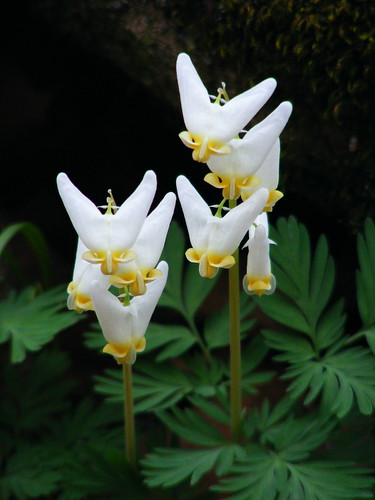

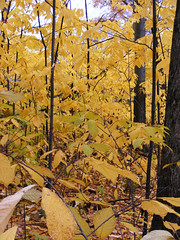
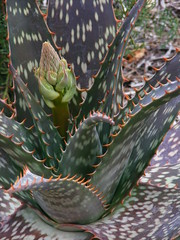
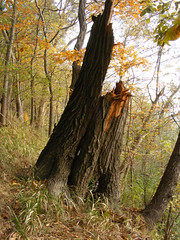
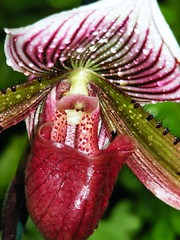



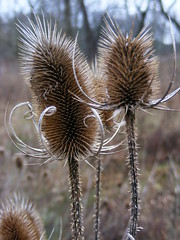

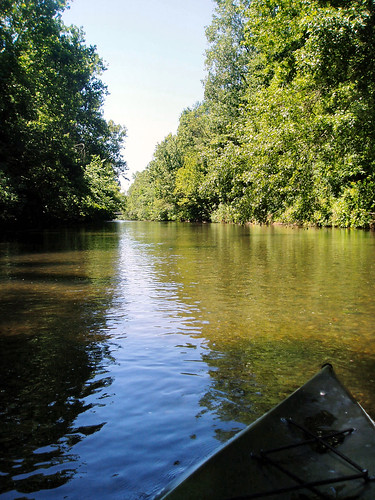
No comments:
Post a Comment